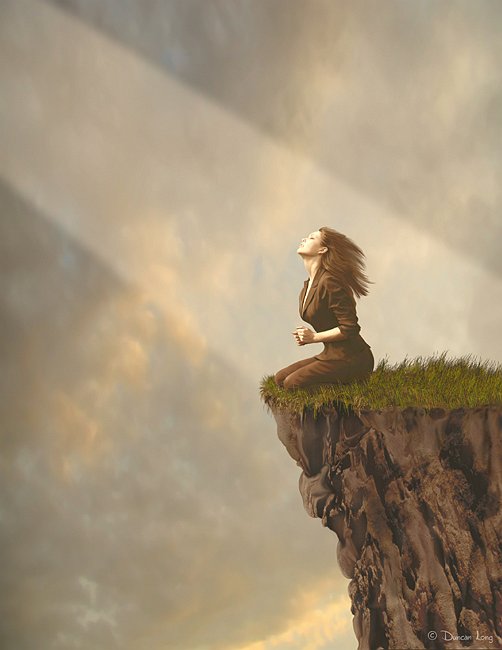Determining What’s the Best Artwork for a Book Cover
filed in Book Cover Design on May.08, 2012

Creating a good book cover is — as the saying goes — an art. A very delicate art at that. Just a little too much here or there can destroy the balance of a cover and transform it from a thing of beauty to an eyesore.
Simple designs can often be key to a good cover. With such designs the cover will be laid out (consciously or unconsciously) in a geometric pattern. If you have a cover illustration whose rough layout can be viewed as a circle, pyramid, or other geometric shape, the artwork is probably going to look good. If it doesn’t fall into some geometric shape, it’s likely in trouble.
Simple also applies to the number of elements in an illustration. Often the most effective cover illustration will be of a single figure or object. In addition to looking good full size in print, these covers can be shrunk to ebook, web, or catalog size and still look great. On the flip side, a book cover with a cast-of-thousands illustration often becomes a horrible spaghetti of visual confusion when reduced in size — or viewed from a short distance by a potential buyer in a book store.
Complex typefaces can also be a mistake when plastered onto a cover. Often a simple sans serif is more effective than some squiggly wiggly font that’s too clever by half for the cover of a book. A typeface should add flavor and otherwise be invisible. If the first thing a viewer notices is the design of the type rather than what it says, it is not suitable for a book cover. (The possible exception to this rule comes with fantasy and horror titles which tend to allow more ornate or — in the case of horror, gungy — typefaces.)
Remember: In book cover design, less is more (more or less).
Thought should be given to how a cover illustration matches the subject matter of the book. Even the best of illustrations may fail as a book cover if the artwork misrepresents the genre or type of book it is being used with. For example, a horror novel with a pretty girl and sans type might look like a Romance rather than a horror story. As such, it would serve the book poorly even though the work itself might be outstandingly good.
Put a spooky cover with some twisted lettering on the cover of the same book, and it might suddenly become a great seller.
The overall color of a cover may be important, too. A pink cover for a horror book isn’t likely to work well (greens or browns — yes!). Likewise drab colors on a Romance or joke book are likely to make the book less than attractive to a target audience.
A lot of thought needs to be given with any cover design to be sure the right message is being sent to potential readers. And when in doubt, simpler is almost always better.
===============
Duncan Long works as a book illustrator and designer. He’s created cover illustrations and layout for large and small presses as well as many self-publishing authors and indie presses. See more of his artwork at: Duncan Long’s Portfolio.
May 8th, 2012 on 11:37 am
Just posted this article to “Writers Like Writers” Duncan. They are always on the lookout for people to create covers for them. Hope it gets you a few commissions. :)
May 8th, 2012 on 11:49 am
Hey, Jack. Greatly appreciated. Thanks so much.